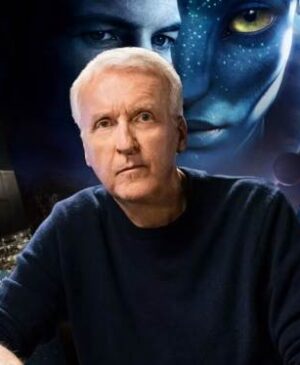It may not have been primarily Sony’s idea to include a fast (at least fast for today’s technology) SSD in the PlayStation 5.
Mark Cerny was the internal architect of the PlayStation 5. He previously had a similar role on the PlayStation 4 and the PlayStation Vita. In the past, he helped launch Crash Bandicoot for Naughty Dog and Spyro the Dragon for Insomniac Games back in the PS1 days, respectively. So he’s one of PlayStation’s behind-the-scenes personalities (but he was also the brainchild behind, for example, the two Knack games on the PlayStation 4).
Cerny talks about PlayStation 5 in the Wired video below. The most considerable demand for more serious technology came from outside, in the direction of the SSD inside. “We’d been getting requests for an SSD back to PlayStation 4. In particular, Tim Sweeney, the visionary founder of Epic Games, said hard drives were holding the industry back. He didn’t say hard drives though, he said, “rusty spinning media.” […] Developers asked for an NVME SSD with at least 1 GB/s of reading speed. And we looked at that, and we decided to go maybe 5 to 10 times that speed. It’s always good to have a high target there,” Cerny said.
He later mentioned Unreal Engine 5’s Nanite technology, which relies on SSD to stream high-quality assets to games (in hardware, not an internet solution here). This story gives us the feeling that Sony designed the now year-old PlayStation 5 partly around Epic Games and Unreal Engine 5, so it wasn’t just a PR stunt to show UE5 on PS5 first.
Also, Cerny later even mentions the console’s ‘invisible compression’, which developers use to reduce the PlayStation 5’s file sizes. It isn’t done by the SSD but by an efficient compression process in the PlayStation 5’s integrated input/output system.
Source: WCCFTech















Leave a Reply